Hi Folks,
This is my first post... Here it goes!
I'll Have better quality images next time! Sorry
I’ve been following all of your postings for about a month now and loved every bit of what I have read. I too have the same passion, though I turned my obsession into a career.
My latest yeast born obsession was triggered by Bobby Flay's "Throw Down" with Wafels and Digges of Manhattan
http://midtownlunch.com/2010/01/21/wafels-waffles-dinges-on-throwdown-with-bobby-flay-video-food-network/
http://www.wafelsanddinges.com/), Then I found this: http://vendr.tv/video/wafels-and-dinges/.
Never having heard of, nor ever tasted a Liege Wafel (Gaufres de Liege or Belgian Sugar Wafel), I found my self with a new mission in life... I did a little research and found that most of the formulas for Liege Wafels (my version to follow) were about the same. King Arthur Flour's formula is the one that was the most original. And to be truly honest, to date I have not as yet made the King Arthur version because I truly love what I've come up with and I can't seem to find it online again!
The dough is basically a Brioche dough with an attitude (imbedded with pearl sugar). Here are a few basic guidelines:
- Start the dough with a soft sponge (rest at room temp for about one hour) or even better with a Poolish!
- Use a dough whisk or paddle attachment to fully develop the dough before adding the fat
- *Add room temperature fat (Unsalted Butter is BEST!) in about ten parts being sure to incorporate fat thoroughly before the next addition.
Recipe yields about 5-7 nice wafels:
1/3 cup warm water
1/4 oz. Active Dry or the appropriate amount of instant yeast (although I prefer compressed)
1 1/2 Tbs. Sugar
2 cups Bread or Patent Flour
1/8 tsp. Salt
3ea. Eggs, room temperature
1 tsp. Vanilla
**Zest from one lemon
8oz. *Unsalted Butter, room temperature.
*In my lab I only use butter, for my daughter who is lactose intolerant I use a lactose free margarine
** Cinnamon can be used in place of the lemon zest. Mmmm!
Make a sponge (or poolish) from the water, yeast, sugar and a little of the flour. Allow to mature for a minimum of one hour before blending in the remaining flour, eggs, lemon zest, salt and vanilla. Be sure to develop dough fully. As for a beurre blanc sauce preparation, the fat should be added in nuggets while agitating vigorously. Be sure to blend-in the fat until you form a smooooooth batter-like consistency! Allow the batter to rest for an additional hour at room temp. If desired it can be given one or two folds during this period.
After portioning into the desire size, I find that it easiest to round them on the counter with a Baker's plastic scrapper. Place them on an oiled tray and lightly oil their tops as to avoid having them stick to the plastic wrap. Wrap, then refrigerate until firm (about 30-45 min.). They may be retarded for up to 24 hour.
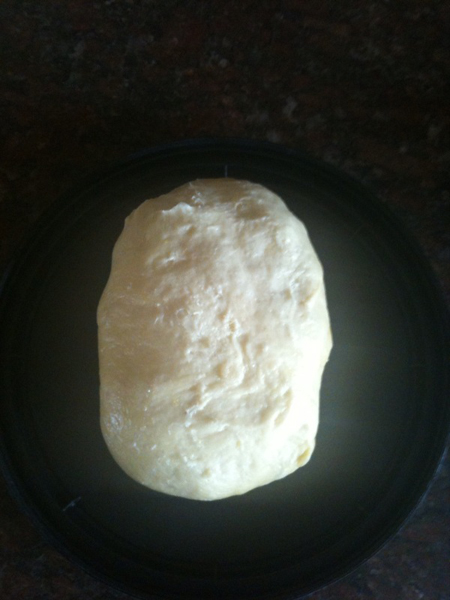
Preheat your Belgian Waffler (non-stick is best and you'll need to fidget around with the temperature setting of your machine to find the best setting. I suggest somewhere in the mid-range will work best). With all of the fat in this formula, I do not find it necessary to coat the griddle with anything.
*Note: This wafel does form caramel deposits on your waffler and does require a little extra effort cleaning when done! But well worth it!!
Pearl Sugar: Lars Own Swedish Pearl Sugar can be purchased from King Arthur Flour, but I find it is less expensive to get it from my local Ikea (in the food court/market place area) for under $4 for a 10oz. package. It's made from beet sugar and looks a lot like pretzel salt
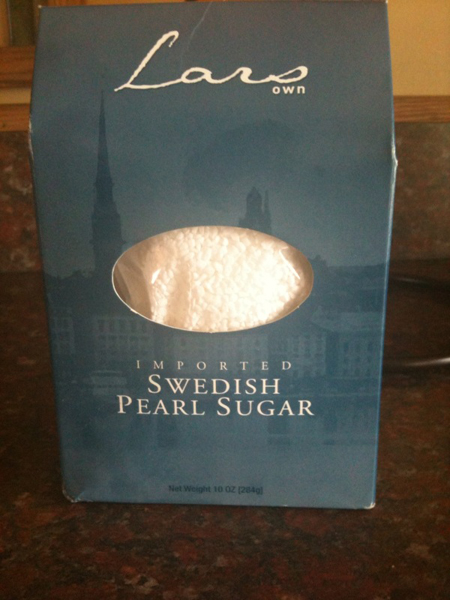
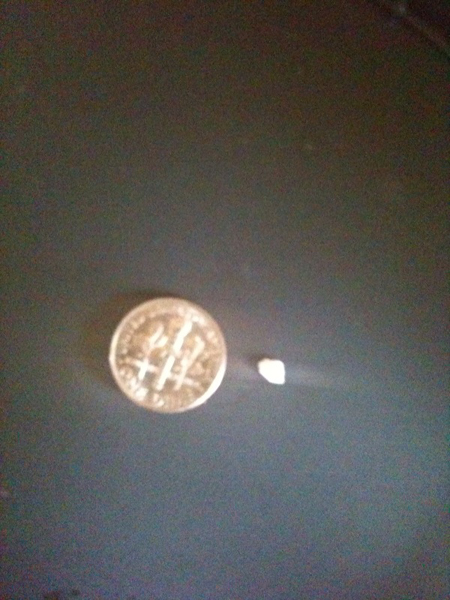
I find that most recipes for Liege Wafels say to add the sugar into the batter during the mixing process, but I find the sugar does dissolve into the dough after a time. In my experience it is best to stretch the unit into an oval then press it into the pearl sugar just before grilling.
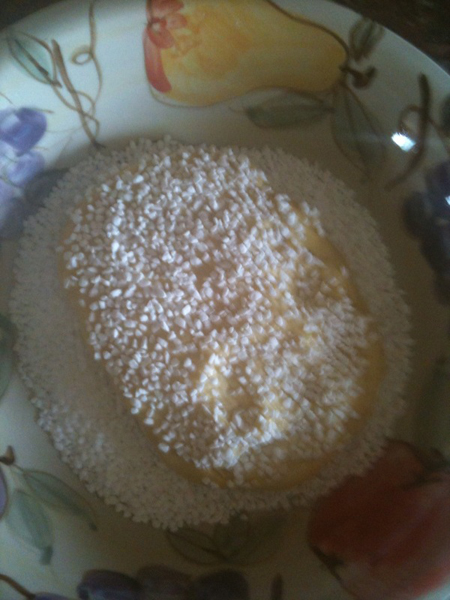
Place the sugared dough onto the preheated waffle iron and cook to the desired degree of caramelization.

Caution!!! Caramel is VERY HOT!
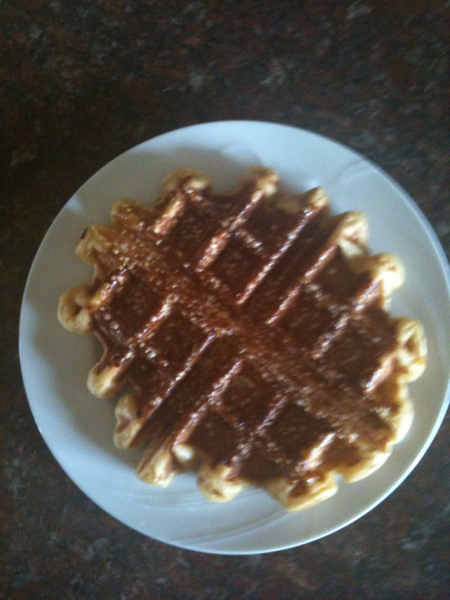
ENJOY as is or topped with all of your favorites.
Please let me know what you all think.
Robert